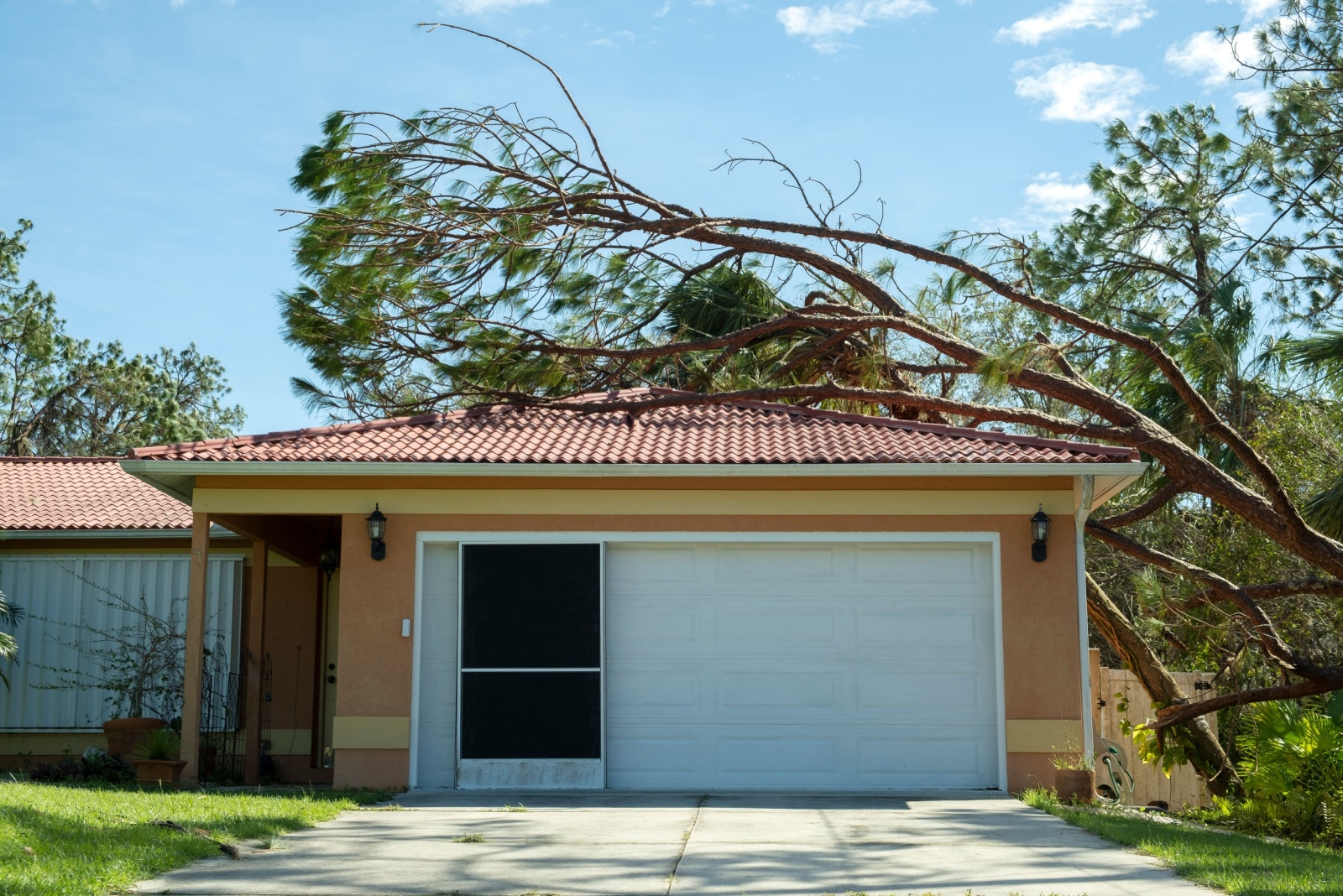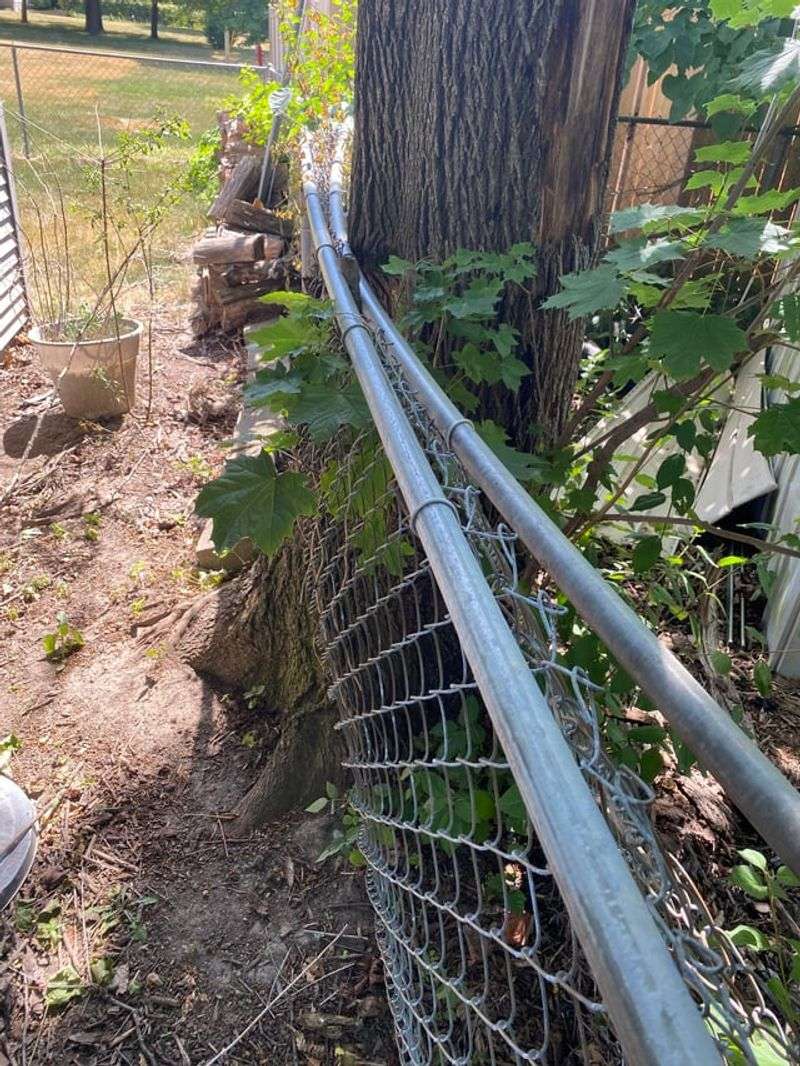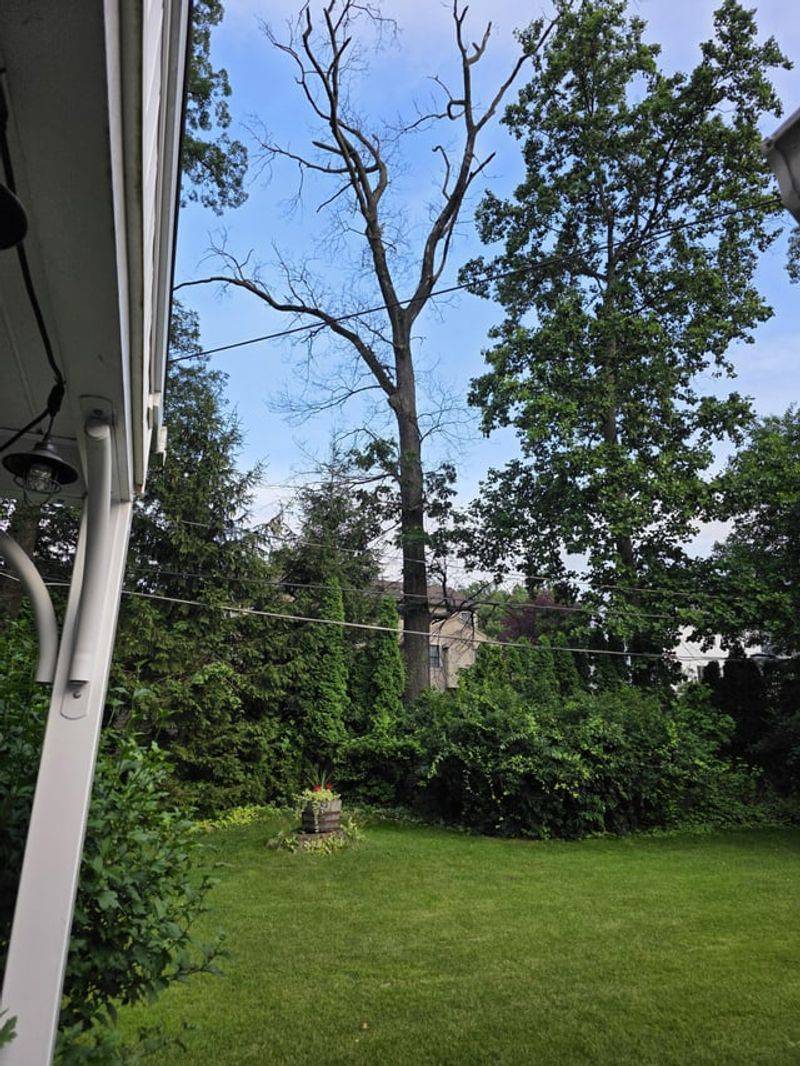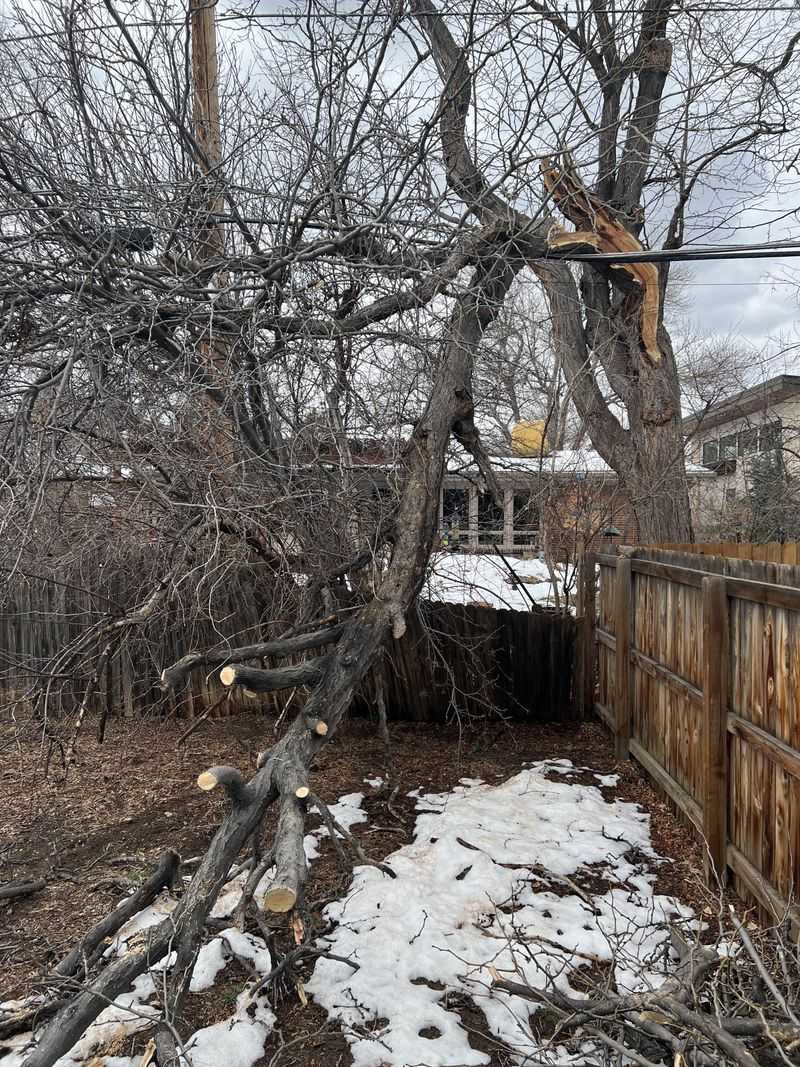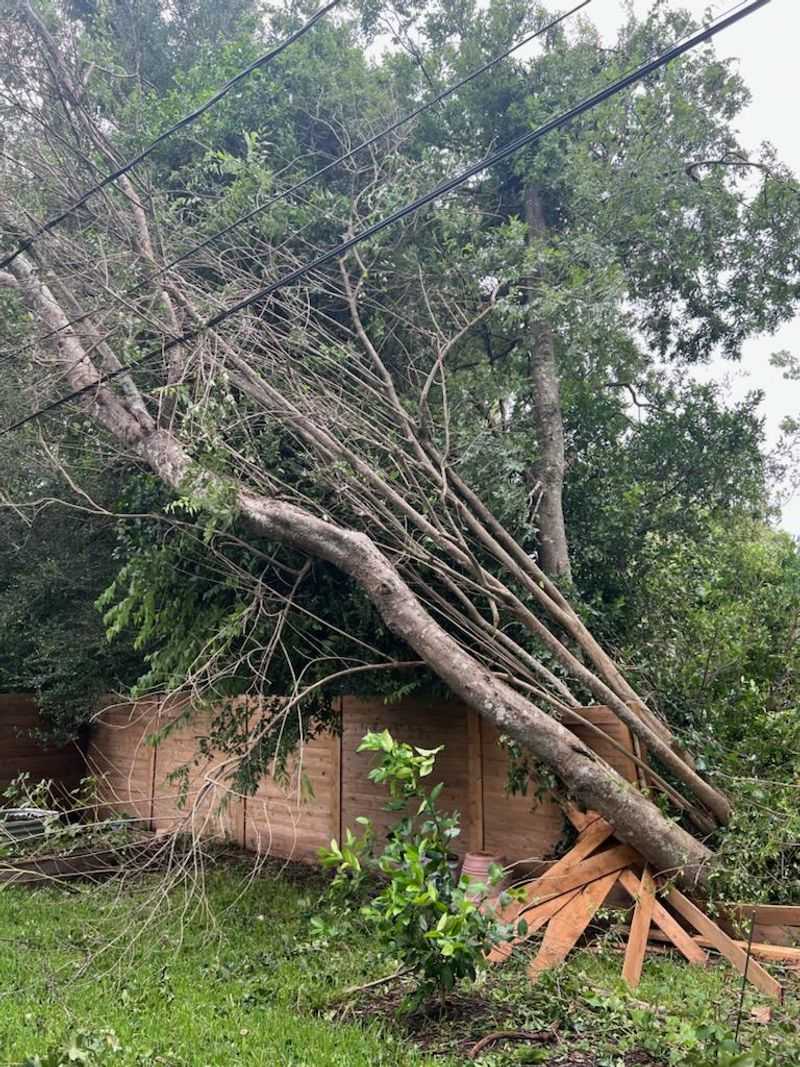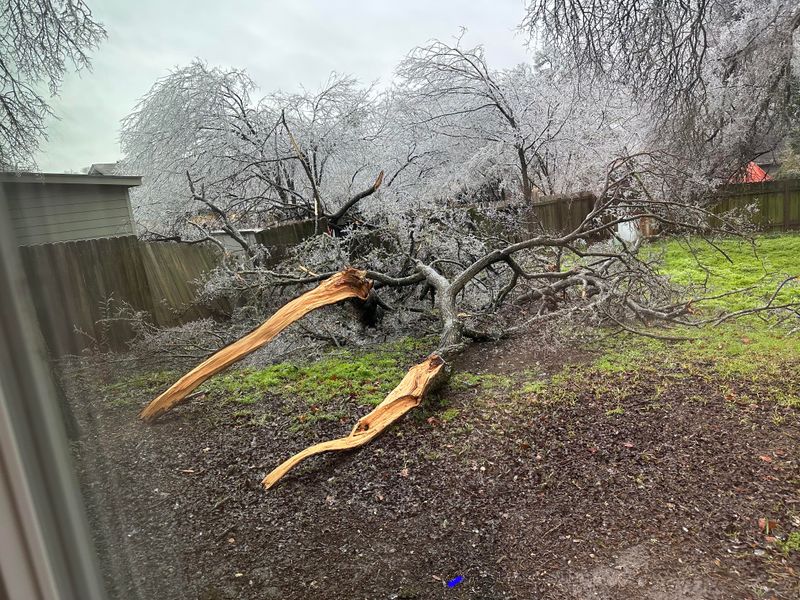When a tree from your neighbor’s property crashes into your Wisconsin yard, figuring out who’s responsible can feel confusing and stressful. Property damage, cleanup costs, and insurance claims all come into play, making it important to understand your rights and options.
Whether the tree was healthy or rotting, the situation can vary depending on several factors. Knowing the basics helps you handle the aftermath smoothly and fairly.
1. Understanding Wisconsin’s Tree Ownership Laws
Wisconsin law states that trees growing entirely on one person’s property belong to that owner, even if branches hang over a neighbor’s yard. This means your neighbor owns the tree that fell into your space.
However, ownership doesn’t automatically mean they’re liable for damage. The key factor is whether the tree was healthy or showed signs of disease before falling.
If storms or natural causes knocked down a healthy tree, your neighbor might not be held responsible under Wisconsin statutes.
2. Healthy Trees And Acts Of Nature
When a perfectly healthy tree falls due to wind, lightning, or other natural events, Wisconsin typically considers this an “act of God.”
Your neighbor usually isn’t liable for damage caused by weather-related incidents they couldn’t prevent. In these situations, your own homeowner’s insurance often covers the damage to your property.
It’s frustrating, but the law recognizes that no one can control nature’s unpredictable forces. Document everything with photos and contact your insurance company promptly to start your claim.
3. Diseased Or Neglected Trees Change Everything
Here’s where responsibility shifts dramatically. If your neighbor knew their tree was rotting, diseased, or dangerously unstable and did nothing about it, they could be held liable for damage it causes in Wisconsin.
Proving negligence requires evidence that warning signs existed—like visible rot, large cracks, or leaning—and that your neighbor ignored them.
Written warnings you sent previously, arborist reports, or photos showing the tree’s poor condition all strengthen your case. This changes the situation from an unfortunate accident to preventable negligence.
4. Documenting Damage For Insurance Claims
Before touching anything, grab your camera or phone and photograph everything from multiple angles. Capture the tree’s position, damage to structures, crushed fences, broken windows, and any visible decay in the trunk or roots.
Wisconsin insurance companies need thorough documentation to process claims efficiently. Take close-ups and wide shots, noting the date and time. Video walkthroughs work great too.
Save receipts for any emergency repairs or temporary fixes. Good documentation makes the difference between smooth claims and frustrating delays.
5. Contacting Your Homeowner’s Insurance First
Your first call should be to your own insurance company, regardless of who might be at fault. Most Wisconsin homeowner policies cover tree damage to your property, minus your deductible.
Your insurer will send an adjuster to assess the damage and may pursue your neighbor’s insurance later through subrogation if negligence is proven.
This process, called subrogation, means your insurance pays you first, then seeks reimbursement from the responsible party. Don’t wait for your neighbor’s insurance—protect yourself by filing promptly with your own provider.
6. When To Involve Your Neighbor’s Insurance
If you have solid evidence the tree was diseased or your neighbor ignored warnings, you might file directly with their homeowner’s insurance. Their liability coverage could pay for your damages without affecting your own policy.
Expect their insurer to investigate thoroughly before accepting fault. They’ll look for proof of negligence and may send their own arborist. Keep communication friendly but documented—emails work better than phone calls.
Wisconsin law supports property owners who maintain reasonable care, so proving negligence takes concrete evidence, not just frustration.
7. Cleanup Responsibilities And Costs
Generally, whoever owns the property where the tree landed handles cleanup, even if the tree came from next door. That means you’re responsible for removing branches and debris from your Wisconsin yard.
However, if your neighbor’s negligence caused the fall, their insurance might cover removal costs. Check your homeowner policy too—many include limited coverage for tree removal after storms.
Get multiple quotes from licensed tree services before hiring anyone. Emergency removal to prevent further damage is usually covered, but routine cleanup might not be.
8. Legal Action As A Last Resort
When insurance doesn’t resolve the situation and damages are substantial, small claims court might be necessary. Wisconsin small claims handles disputes up to $10,000, making it accessible without hiring expensive attorneys.
Bring all your documentation—photos, repair estimates, correspondence with your neighbor, and any expert assessments of the tree’s condition before it fell. The judge will determine if negligence occurred based on evidence presented.
Legal action strains neighborly relationships, so try mediation first. Many Wisconsin communities offer free or low-cost mediation services specifically for property disputes.

